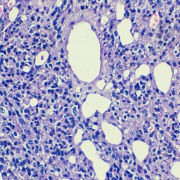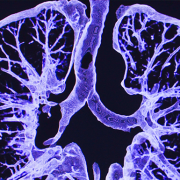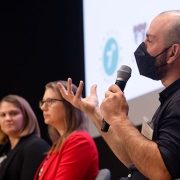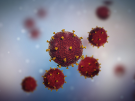New research: Genes that drive testicular cancer identified
In the largest sequencing study to date on testicular cancer, researchers at Children’s National Hospital have identified genes that contribute to testicular germ cell tumors (TGCT), the most common cancer among young, white men.
The findings, published in European Urology, provide direction for future screening and treatment of this disease, which can strike during the teen years and often runs in families. While treatable when identified early, testicular cancer leads to infertility, mental health issues and sometimes death, making its identification crucial for young adults.
“Testicular cancer is really a young person’s disease,” said Louisa Pyle, M.D., Ph.D. , a pediatrician, medical geneticist and research geneticist at the Children’s National Rare Disease Institute. “Most folks who have testicular cancer are between the ages of 15 and 45. Even though testicular cancer is relatively rare in the cancer world, it results in the greatest number of years lost among all adult cancers.”
What we hope to discover
Dr. Pyle led a research team that included experts at the National Cancer Institute and the University of Pennsylvania to study families with multiple members diagnosed with testicular cancer. They used whole exome sequencing to identify variants in many genes that predisposed patients to TGCT. Their work suggests that multiple variants – inherited together – increased the risk for the disease and provides potential routes for drugs that could be used for prevention and treatment.
“We found many genes that help us understand how testicular cancer happens,” Dr. Pyle said. “Our hope is that we can use that to try to come up with better treatments or better ways to preserve fertility for people with testicular cancer or gonadal differences.”
The patient benefit
Testicular cancer most often strikes men of European ancestry. It is also more common among intersex patients and those with differences in sex development, which is a clinical and research focus for Dr. Pyle. Medically, these are children who have a change in the biological characteristics of sex, including their chromosomes, hormones, gonads or physical body parts.
By studying a more common version of testicular cancer, the team learned about the underlying genetics in a way that will benefit intersex patients.
“One of the things we do in medicine is study a common version of the rare thing,” Dr. Pyle said. “Through this research, we learned that the same genes that cause intersex traits in some patients are also changed in subtle ways for people with testicular cancer. This is a way to study something that could improve care for those kids, by studying a group that has greater numbers.”










